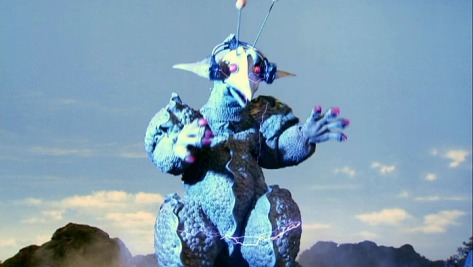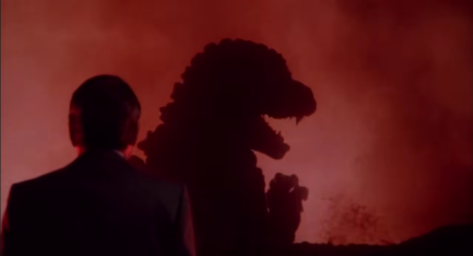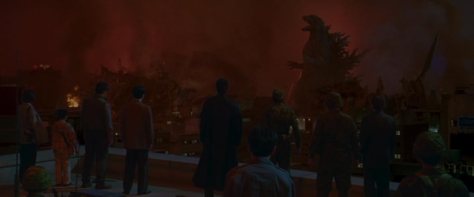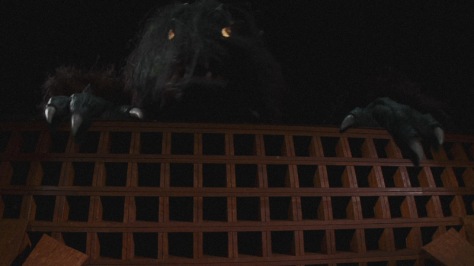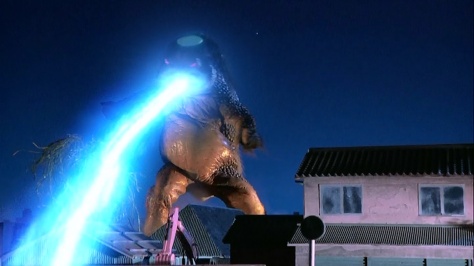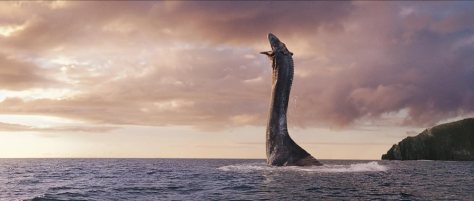
There have been films about the Loch Ness Monster pretty much from the beginning—the first movie about the monster released in 1934 (a film edited by future Lawrence of Arabia director David Lean), only a year after the first noteworthy sightings took place. Needless to say, very few of them are particularly noteworthy, so The Water Horse: Legend of the Deep can take the crown as both the most well-known Loch Ness Monster movie and the best one almost by default (I’ve already written about the only other contender.) Based on a novel by Dick King-Smith (whose book The Sheep Pig was adapted in the movie Babe), Water Horse is pitched as a traditional sort of whimsical family movie, with a cast of respected British thespians and the structure of a “child befriends an animal” story enlivened with fantastical elements ala ET. It burnishes this well-worn plot by taking advantage of the historical context of the Loch Ness Monster story, arguing why a legend like this may have resonated in an era of strife.
Continue reading The Water Horse: Legend of the Deep (2007)

